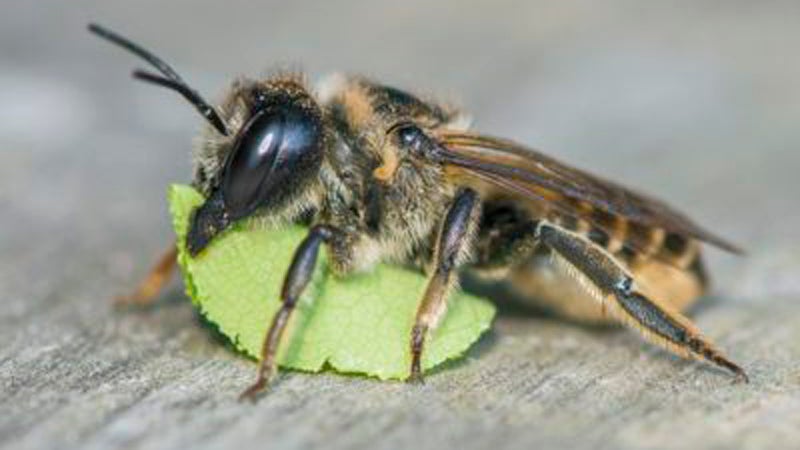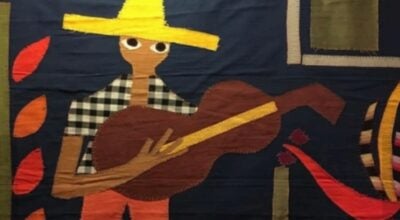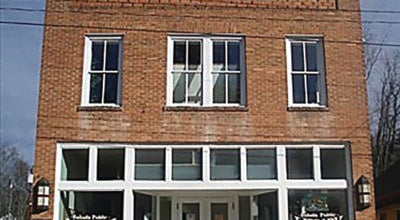A Bee-utiful Backyard
Published 10:31 pm Wednesday, May 29, 2019
Make your backyard more bee-utiful this spring!
For many, the ideal spring garden is colored with blooming flowers and and filled with the busy sounds buzzing of bees. Have you ever thought about what kinds of bees those might be? You might imagine honey bees or bumble bees, but did you know there are hundreds of native bee species in North Carolina alone?! In this month’s Habitat at Home, learn about some of our lesser-known native bees and what you can do to bring these docile, beneficial pollinators to your garden.
More Than Honey Bees
North Carolina is home to hundreds of native bees – and the honey bee isn’t one of them! In fact, the honey bee we know and love is originally from Europe! Most native bees here in WNC are solitary bees, or bees that live alone instead of living in a hive.
The mason bee and the leaf cutter bee are good examples of native solitary bees. These species of bees cannot build their own tunnels, instead laying their eggs in pre-existing tunnels in wood. In the wild these tunnels are made by other insects, but humans can provide ‘bee hotels’ by drilling holes in wood pieces and placing them in the garden, or fitting together even pieces of bamboo. Both mason bees and leaf cutter bees can be found in North Carolina, and are likely to visit a ‘bee hotel’ if you build one! Using mud or cut leaves, these bees will create compartments to lay individual eggs, leaving them to grow up on their own. Leaf cutter bees even create a ‘wallpaper’ using leaves to protect their eggs from moisture in the wood.
Because the honey bee is an introduced species, it just doesn’t measure up when it comes to pollination! These native bees evolved alongside our native plants, making them better pollinators in a native backyard garden. They are even more efficient when pollinating food crops because of how their bodies carry and spread pollen–making them an excellent pollinator in a fruit or vegetable garden.
Attracting Native Bees
To get the best information on how you can support native bees in your own backyard we reached out to our friends Brannen Basham and Jill Jacobs of Spriggly’s Beescaping– a local nature education business with a special focus on native bees. Jill and Brannen want us to know that any number of small actions can create a better habitat for native pollinators. “Helping native bees is easier than you think! Try to have something in bloom throughout the growing season, stick to native plants, or provide easily accessible water if no natural source is available.” Even just leaving your leavescan be beneficial!
Bee Specific
Ready to take some action? Here are a few tips from Jill and Brannen that will make your garden a more friendly and attractive place for native bees:
- Have at least one plant in bloom during the entire growing season.
- Plant in large groups of flowers to offer easy targets for passing pollinators
- Choose native plants whenever possible and try not to use more than 30% of non-native plants in your garden.
- Leave as much of your yard wild as possible with leaf litter, wildflowers, and tall grasses, along with fallen logs or a man-made housing solution like a native bee hotel to provide nesting and overwintering habitat.
- Avoid all pesticides, herbicides, and fungicides; only ever use as the very last resort and never when a plant is in bloom.
- Make sure there is a supply of water nearby; if there is not a natural source a bird bath or dish with stones and shallow water works well.
- Be wary of plant “cultivars” which alter bloom type or leaf color as these can have negative effects on pollinators.
Submitted by Kelly Holland






